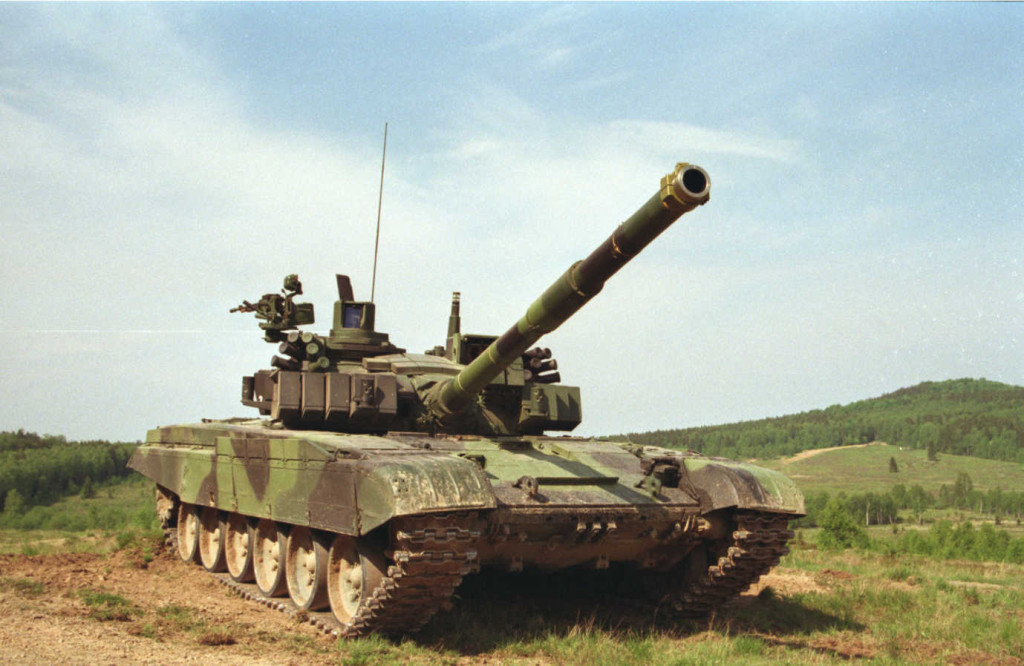The Czech export of arms and weaponry is running at full steam, according to the newly published data from the Ministry of Industry and Trade. Sales to foreign customers total for 4.9bn Crown, which is the best result since the existence of the Czech Republic. The sales volume grew 500millions CZK since 2007. In strong demand are handheld guns, particularly automatic weapons and revolvers, of which more than 30 thousand were sold abroad.
It is definitively a positive result, which inevitably brings to mind the tradition and the peaks of excellence that this field of manufacturing has boasted since back in the days of the Austro-Hungarian empire. During the Thirties, the then Czechoslovakia was one of the world’s major manufacturers of weaponry, and the inclination towards this industry was still present well past WWII. In the eve of the Velvet Revolution, Czechoslovakia was the seventh largest exporter of arms and weapons worldwide. Its main markets and customers were the USSR, the countries linked to the Warsaw Pact, and several of the so-called developing countries.
At the time, in the region of today’s Czech Republic, the production was focused mainly on light weapons such as handguns, rifles, and ammunition, and on automobiles, aeronautics, radars. In Slovakia, the prevailing production was of heavy duty weaponry such as tanks, high calibre guns, and armoured vehicles.

This country has a prominent position in weapons history. Comes to mind the automatic rifle Brent, initially developed in Czechoslovakia and regularly used by the British army into the Fifties. Or the small legendary submachine gun Skorpion, a symbol of the Cold War, whose name evokes Berlin fogs and grey atmospheres of John LeCarre books. The Skorpion, regularly used by many international terrorist groups, has a dreadful presence in Italian history – it was the gun used by the Red Brigades to kill Aldo Moro in 1978.
And it is impossible to forget the Semtex, the ill-famed explosive of which the freshly elected President Havel demanded the immediate export prohibition.
Today, the CZ75 is still considered among the best handgun worldwide.
It must be said that during the last twenty years, things have changed and the Czech Rep. has succeeded only partially in maintaining the positions in the arms industry of the former Czechoslovakia.
The 1989 revolutions, the end of the divide between eastern and western blocs, the break-up of the Warsaw pact which caused the inevitable reduction in defense spending: all the obvious factors which contributed to the decline of the industry, after November 17th 1989. Moreover, in the new democracy born from the peaceful Velvet Revolution, the prevailing view was to significantly trim down weaponry production, and to deeply reconvert this industrial sector. President Havel was among the first to support this idea, which was a very reasonable way, after all, to cut ties with the past.
Outlook for the Czech Arms Industry
All over the world, it is common practice to keep a lid on defense industry data. Secrecy is a necessity, easily understandable given the specific delicacy of the matter. But it is necessary to point out: although twenty years have already passed since the Velvet Revolution, when talking about arms and weaponry, in this country nothing seems to have changed, and secrecy prevails as was typical during the past dictatorship. For instance, according to experts of the field, and contrary to what is custom in several western countries, in Czech Rep. is still very complicated to obtain information about companies in the arms industry, about their production, the market situation, and about who their foreign customers are. An embargo on information which obviously makes the evaluation of this sector, a much more complicated task than looking into other areas of national industry.
On top of it, official export data do not distinguish between new products and already obsolete goods, which the armed forces decides to get rid of, in order to update the arsenal. This difference is not a small matter, since it directly affects the assessments about the state of this industrial sector. For instance, the Czech Republic in recent years sold weaponry to the new governments in Iraq and Afghanistan, and it is a safe bet to believe it was all surplus material. Most probably the same is valid for tanks, mobile artillery, and guns that the Czech Republic is said to have sold in recent years to Georgia. Despite the lack of information on year 2008, we know that in 2007 the Tbilisi government, alongside India and Slovakia, was one of the main destinations of Czech weaponry, causing a protest from Moscow, right at the time of the South Ossetia crisis.
Therefore, the only recent limited data from Prague’s Ministry of Industry and Trade, must be read with caution, in order to avoid misleading interpretations or over evaluations.
Nevertheless, bearing in mind both the strong tradition and the recovery signals coming from this sector, the arms industry seems to have returned to a prominent role in the Czech economy, when considered also from the viewpoint of a future common European Union defense system.




